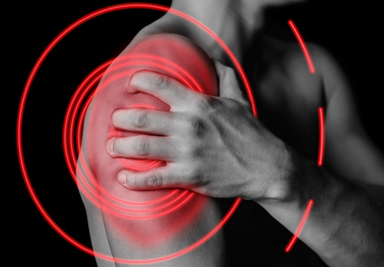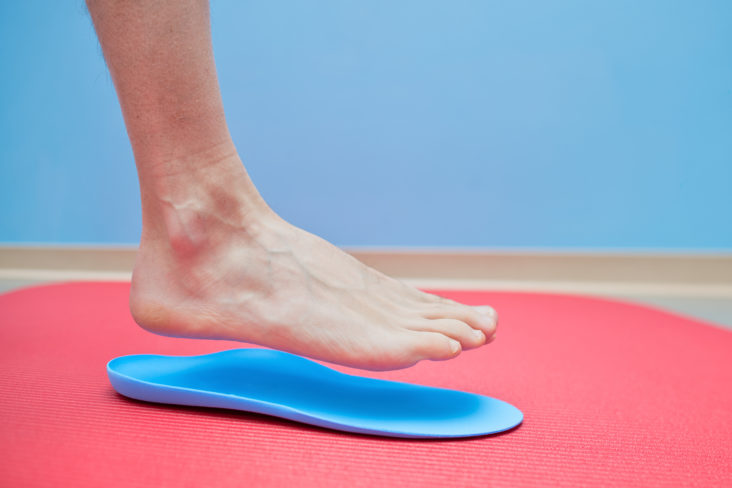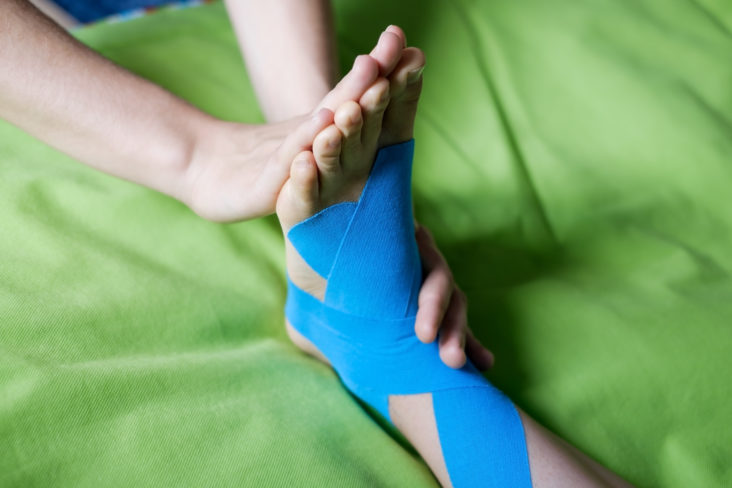The Vulnerable Shoulder
The shoulder goes through a lot in a day. It is comprised of an intricate network of ligaments and muscles, with the rotator cuff taking the bulk of the movement and exertion.
Not only is it the most flexible joint in the human body, it is also one of the most unstable. Among athletes, shoulder injuries are quite common; causing more injuries than almost all other parts of the body.
The shoulder is particularly vulnerable due to its unique construction. Other joints in the body, such as the ankle or elbow, have a somewhat limited range of motion. A wide range of motion allows it to be a freely moving joint. This leaves it susceptible to stress, injury, and pain.
The various soft tissues within shoulder, muscles, tendons, and ligaments can be injured from overuse, excessive strain, falls, and improper motion. Treating pain in this area can be a challenge because it is used so often in the course of daily life. A chiropractor can help relieve shoulder pain and speed healing.
Causes of injury and pain
Shoulder pain can be caused by a number of conditions. Injury to the rotator cuff is the most common causes and is seen in athletes, like gymnasts and football players, who use their upper body frequently and tend to put increased stress on the joint.
Any activity that involves repetitive shoulder movement can also cause injury. Swimmers, tennis players, and baseball players are highly susceptible to injury.
Athletes are not the only ones who experience shoulder pain and injury. People who work in an environment that requires repetitive motion or strenuous upper body work are also at risk, such as construction workers, truck divers and assembly line workers.
Prevention of shoulder pain
Preventing shoulder pain and injury is usually quite simple. Athletes and workers whose job requires repetitive arm motion should be sure to warm up and cool down before playing, and they should take breaks often.
Address pain as soon as possible. Apply ice packs immediately and schedule a chiropractic appointment to jump start the healing process. Ignoring pain could lead to a more serious injury.
Taking time off to give an injured joint rest is always a smart move. The joint needs to heal. Regular activities should not be resumed without approval from your chiropractor. The doctor will recommend exercises specifically geared toward healing your injuries or conditions, and should be followed to the letter.
Chiropractic care for shoulder pain
Chiropractic care can be very beneficial for the patient with an injury or pain in the shoulder. It helps to reduce and relieve pain, improve range of motion, increase flexibility, and restore function to the joint. Depending on the type of injury, a variety chiropractic techniques can be used for treatment.
The chiropractor will assess the patient and determine a care plan during the initial visit. Ischemic compression techniques are very effective for certain types of shoulder pain. It is a safe treatment that is easy for the doctor to perform, and the patient to sustain. Other conditions may respond better to different chiropractic techniques.
Chiropractic care is often the care method of choice for shoulder pain because it is minimally invasive and it works. As is often the case, pain in one part of the body can cause pain in other areas. In the case of shoulder pain, the spine and neck may become inflamed. Chiropractic care addresses all areas of the body to relieve pain without drugs and gets the patient on the road to healing quicker.
Are you or a loved one suffering from shoulder pain? If so, give us a call. We are here to help!
I hope you found this article helpful and gained some new knowledge from it. Please, leave a comment or feel free to ask questions. Also, Let your Friends and Family know about the article by sharing it on Facebook.
In Health,
Dr KayLynne Gasiorowski



